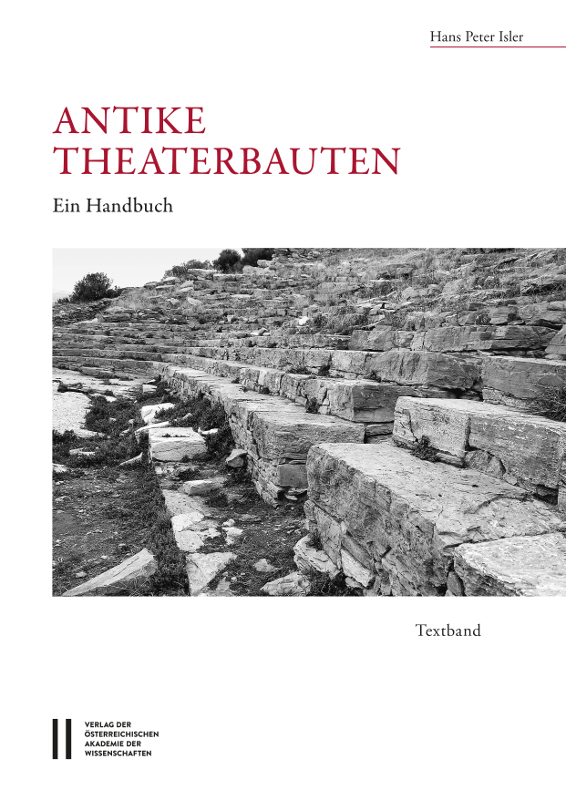Hans Peter Isler
Hans Peter Isler ist emeritierter Professor für Klassische Archäologie an der Universität Zürich.
|
 |
Ausgangspunkt der Untersuchung sind die antiken Theaterbauten. Ziel ist es, die Entstehung und Entwicklung der Bauform des Theaters von den Anfängen bis ans Ende der römischen Kaiserzeit zu verfolgen und zu verstehen. Die Theater sind neben den Sakralbauten der häufigste und am weitesten verbreitete Bautypus der antiken Architektur. Von mehr als 800 einzelnen Theatern und Odeia sind bis heute Baureste erhalten. Eine Reihe von gegen 200 weiteren Theatern ist durch Inschriften oder auch durch Hinweise in der antiken Literatur bezeugt.
Die Verbreitung der Bauform des Theaters erstreckt sich über die ganze antike Welt, von Aï Khanoum, im Nordosten des heutigen Afghanistan, an der Grenze zu Tadschikistan, bis nach Olisipo in Portugal, von Camulodunum in England bis nach Oxyrhynchos und Antinoe in Ägypten und nach Petra im südlichen Jordanien.
Die Publikationslage ist für die Mehrheit der antiken Theaterbauten völlig ungenügend. Eine ausführlichere Dokumentation aller Bauten in Form eines Katalogs erschien daher nötig. Der Katalog erfasst alle antiken Theaterbauten, soweit Reste davon erhalten sind oder die Existenz des Theaters durch inschriftliche oder literarische Zeugnisse gesichert ist. Die Bauten, von welchen bauliche Reste erhalten sind, werden im Katalogteil ausführlich beschrieben und analysiert. Für die Reihenfolge der Objekte wurde die alphabethische Ordnung unter dem antiken Ortsnamen gewählt.
Zusammen mit den Theatern wurden auch die Odeia aufgenommen, da sich eine eindeutige Grenze zwischen einem Theater (mit offenem Zuschauerbereich) und einem Odeion (mit Überdachung) im Einzelfall nicht immer ziehen lässt. Aber auch die nur inschriftlich oder literarisch bezeugten Theater sind im Katalog vertreten, denn sie haben für Fragen der räumlichen und zeitlichen Verbreitung der Theaterarchitektur ihr Gewicht. Soweit dies möglich war, ist für den Katalog Vollständigkeit angestrebt.
… |



 Home
Home


 Print
Print
 References
References
 Share
Share